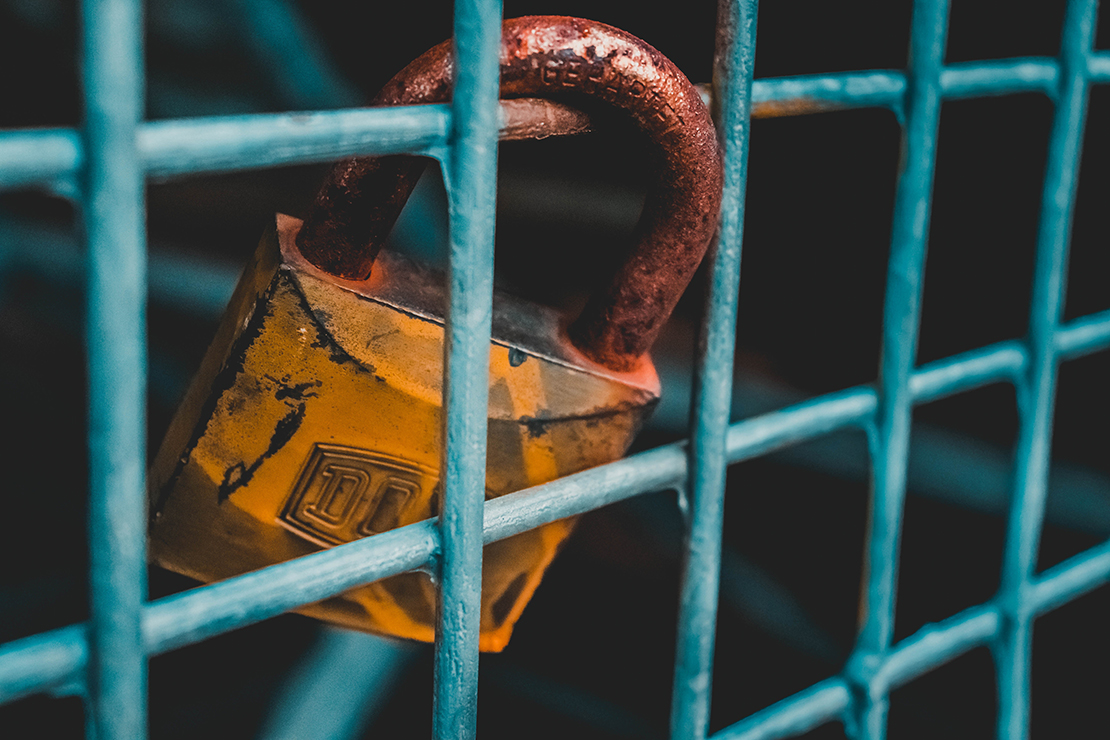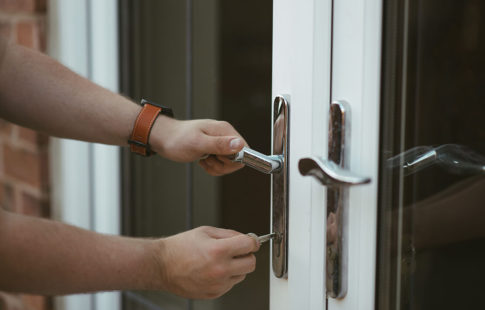Homeowners have a lot of things to think about and plan for when it comes to the logistics of owning a home, and unfortunately one growing area is identity theft. There are three main areas to think about when it comes to identity protection for yourself and your family at home:
- How new technology may put you at risk
- Some tried-and-true methods identity thieves use
- How to protect your children from identity theft
Here are some things to know when it comes to keeping your entire family and home safe.
Ensure That the Technology in Your Home is Secure
More Americans are buying smart devices like thermostats, doorbells, and refrigerators that connect to the internet to help make their users’ lives easier. Business Insider reported survey results earlier this year where 48% of U.S. households said they intend to buy at least one smart device in 2018 — a 66% increase over last year.
You can help prevent hackers from getting onto your home Wi-Fi network by ensuring that you have a password protecting it. It’s a good idea to use established brands when you buy a router and modem, since they are using the most up-to-date technology. It’s also important to regularly update any software associated with any of your devices and your router to keep anyone who shouldn’t be connected from getting on your home network.
Protect Yourself from Old School Identity Theft
While many identity thieves have evolved their tactics, criminals might still try to get ahold of your personal information by stealing mail from your mailbox or calling you on the phone to try to trick you into sharing information. The FTC reported that 70% of fraud in the U.S. last year was initiated via phone, and in 2016, the U.S. Postal Inspection Service saw 1,348 cases of mail theft.
You can protect yourself by making sure that you and your family don’t give out personal information over the phone unless you’ve made the call yourself and made sure to use to the confirmed number of the company (which you can get on its secure website). It’s also smart to get a mailbox that locks, and to not leave mail sitting in the mailbox over several days. If you’re traveling, get your mail delivery put on hold.
Protecting Children’s Identities
Unfortunately, children can be easy targets of identity theft since their credit reports are not so frequently checked (or they might not even have one) and fraud can go undetected. Javelin Strategy & Research found that one million children were victims of identity theft in 2017 alone, which amounted to $2.6 billion stolen and $540 million in out-of-pocket costs to victims involved.
You can help protect your child’s identity by not giving out their Social Security number unless it’s absolutely necessary, and by keeping an eye out for any mail that comes in your children’s names — especially bills or collection notices, as this could indicate that a thief has stolen their identity. You can also check your child’s credit and freeze their credit report so that no one can fraudulently obtain credit in your child’s name by contacting Equifax, Experian, and Transunion. (You do have to contact each credit bureau individually, as a credit freeze does not get shared across all three agencies).
Help protect your identity (and your family’s) at home throughout the year. Click here to learn more about identity protection from Mr. Cooper.







